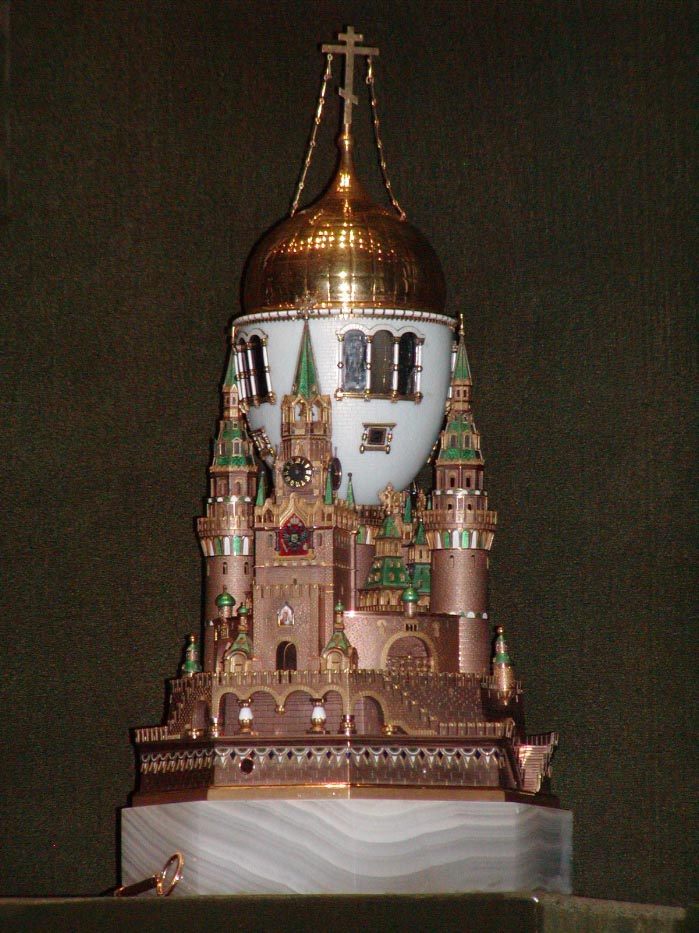Two Silver Fabergé Fish Knives, Lost For a Century, Have Reappeared
They only just survived the Russian Revolution.
In late 1917, handcrafted gold items and silverware alike were melted down as part of the October Revolution. Newly fledged Bolshevik Russia was short on cash, and the literal liquidation of these glimmering assets was a speedy way to fill communist coffers. The tsars’ chattel was quickly “nationalized,” and even extraordinary examples of silver and gold plates, goblets, and cutlery were lost in minutes. Among the items was a priceless neo-Gothic silver tableware set by master jeweler Fabergé, thought to be gone for good.
But perhaps not entirely. Two lost silver fish knives from the set have reappeared in Poland, as reported by AFP. They have attracted bids of more than $1.2 million from foreign collectors. The longer of the two, used for serving, is 14 inches long; the smaller individual one just over eight. And there’s a story behind them, Adam Szymanski, a Polish art historian and Fabergé expert, told the news service. They were apparently gifted to a Red Army soldier in 1918, as payment for his help in melting down their silver flatmates. Three years later, Szymanski said, the soldier sold them to a Polish doctor, whose family they stayed in, though their precise whereabouts became a little foggy. Last year the knives reappeared, as if from nowhere, to be sold to a new owner.

Fabergé is known for his enamel-encrusted golden eggs, studded with semiprecious and precious stones. Today, these fetch astronomical prices at auction. But he also made other treasures, including the tableware set. It had been commissioned by the wealthy heiress Barbara Kelch-Bazanova, Szymanski said, who married into nobility. This 32-person set was designed to be impressive and match the decor of the neo-Gothic dining hall of the Kelch Mansion. “There’s no doubt the letter ‘K’ on the knives is exactly the same as the ones we find engraved in the Kelch dining hall,” Szymanski told AFP. “The knives have the Fabergé stamp … the name ‘Fabergé’ in Cyrillic print is very legible.”
They certainly seem legitimate, though the $1.2 million offer put forward by an American collector may not be a good value. AFP spoke to two jewelry experts, who felt that the value of the knives is considerably lower. “If I were the owner, I’d accept a million dollars straight away!” said French jewelry expert Maxime Charron, apparently sputtering. “Despite being quite rare and interesting, it’s just simple cutlery.”





Follow us on Twitter to get the latest on the world's hidden wonders.
Like us on Facebook to get the latest on the world's hidden wonders.
Follow us on Twitter Like us on Facebook